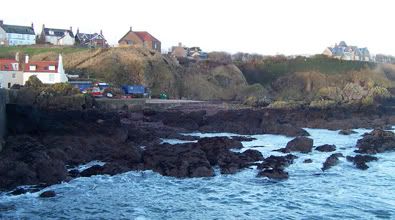
This new year was slightly different from last new year, when I was partying in Vancouver. The tiny fishing village of St Abbs is very different from the city of glass, with about fifty scattered houses and no monorail. A group of friends and myself got a cottage here for a few days and headed down the A1 until just before the English Border (it's only a few miles inside Scotland). The place we stayed is in this photo, second left at the top, with the two windows in the roof. St Abbs has a couple of parallel roads up there, one that comes down to the harbour, and that's about it.
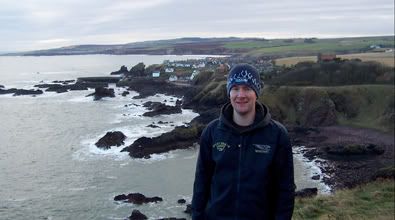
Me looking cheesey on St Abbs head, just outside the village. It's named after St Æbbe, the 7th Century daughter of King Æthelfrith of Bernicia, the first King of Northumbria. He came to an unfortunate end in 633, forcing Æbbe to flee to Scotland, where she later converted to Christianity and founded a monastery on this headland. These days, it's more known for sealife, as it was the site of the UK's first voluntary marine reserve. Divers come from all over the country to explore the clear waters and coldwater reefs.
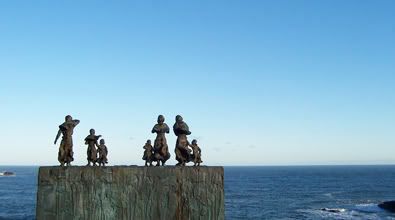
Like many fishing communities, St Abbs is no stranger to tragedy. On October the 14th, 1881, a freak storm savaged the Berwickshire coast while the region's many fishing boats were out at sea. As they were returning to the shore, dozens were wrecked on the rocks within sight of the waiting wives and children, who watched helplessly. 189 men drowned - 129 of them were from the same town of Eyemouth. A board there describes the event, and says it took the village 100yrs to recover the population. This memorial is in St Abbs, commemorating what the locals call 'Black Friday'.

The undulating cliff paths have plenty of trails, and we took a wander up to the lighthouse (which is just out of shot to the left). Eyemouth is in the distance on the far headland.
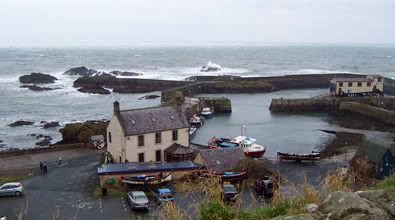
New Year's Day itself was grey and cold, with the wind whipping off the North Sea churning up the waves. This is the opposite view from the first photo, looking down rather than up. The water was occasionally propelled over the harbour wall, and you can really see the difference between the calm waters inside the dock and the choppy sea outside. We watched a small boat of divers rolling about on the exit of the harbour, and the building on the right is the Lifeboat station.
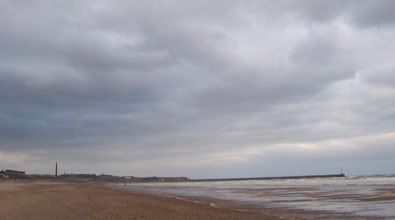
Berwick (pronounced 'Berrick'), the northernmost town in England, is only two miles from Scotland. This is Spittal Beach on a perishing January afternoon, with the town walls in the distance. There's all kinds of history here, due to a location that saw the town captured and re-captured by the English and Scots over many years. It has changed hands at least thirteen times, and was a key garrison, port and even an important mint. In the late 16th Century, the English constructed mammoth defensive walls - at a cost of over £125,000 - and the town never changed hands again.
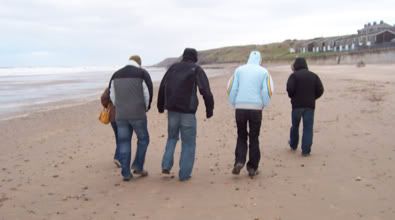
The wind was ripping along the Northumbrian coast, and after eating in the town we decided to go for a quick stroll on the beach. As it turned out, it was a very quick stroll as the temperature was freezing. Everyone who has been to the seaside in the UK in January will recognise this picture...